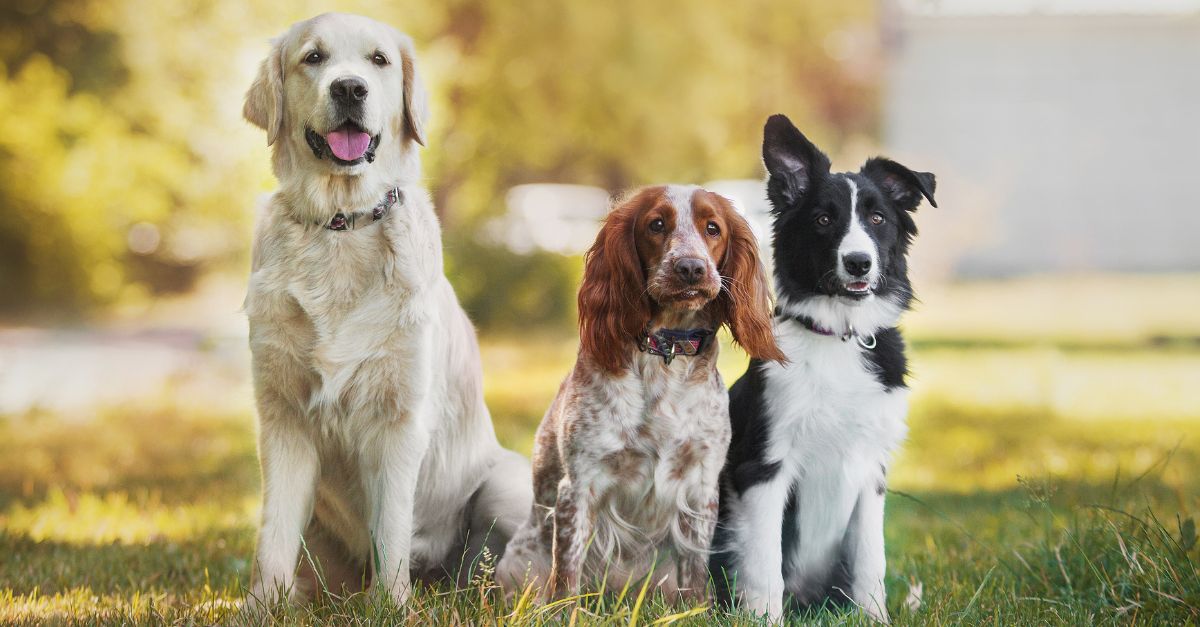
Whether you’re a first-time dog owner or looking to add a new member to your family, finding the right furry companion can make all the difference. Read through this guide on how to choose the best dog breed for you and your family to ensure you’re finding the perfect pup for your home. Wet kisses and tail wags are in your future!
1. Assess Your Lifestyle and Activity Level
Dogs come in all shapes, sizes, and energy levels. Before making a choice, take a good look at your lifestyle. Are you an active family that loves outdoor adventures, or do you prefer cozy nights in? High-energy breeds, such as border collies and labrador retrievers, need plenty of exercise and mental stimulation, while more laid-back breeds, such as bulldogs and basset hounds, are content with shorter walks and lots of lounging.
2. Evaluate Space and Living Arrangements
The size of your home and yard plays a crucial role in determining the right dog breed. Larger breeds, such as Saint Bernards, need ample space to move around, while smaller breeds, such as dachshunds and French bulldogs, are more adaptable to apartment living. Consider your living arrangements and ensure you have enough space for your new furry friend to thrive.
3. Consider Allergies and Shedding
Allergies can be a significant concern for some families. If anyone in your household has allergies, you may want to consider hypoallergenic breeds that shed less, such as poodles or shih tzus. Keep in mind that all dogs shed to some extent, but breeds like golden retrievers and German shepherds are known for their heavy shedding. Regular grooming can help manage the amount of fur around your home.
4. Understand Health Considerations
Different breeds come with different health predispositions. Looking into common health issues associated with specific breeds is essential to ensure you can handle potential medical costs and care requirements. For example, German shepherds and golden retrievers are common dog breeds that are susceptible to mobility issues. Smaller breeds, such as Chihuahuas, may face dental problems. Understanding these factors can help you prepare for long-term care.
5. Factor in Training and Grooming Needs
Training and grooming are ongoing responsibilities that vary by breed. Some breeds, such as border collies and poodles, are highly intelligent and quick learners but may require more mental stimulation and training sessions. Others, like beagles, can be more stubborn and may need extra patience and consistency. Grooming needs also differ, with breeds like poodles requiring regular professional grooming, while short-haired breeds like boxers are lower maintenance.
Choosing the best dog breed for you and your family involves careful. By taking these factors into account, you’ll be well on your way to finding the perfect canine companion. Remember, the goal is to create a harmonious and happy environment for both your family and your new furry friend.

Sam Hopes is a 37-year-old mom of two living in Portland, Oregon. She works as a freelance graphic designer and part-time yoga instructor, juggling creative projects with playdates and PTA emails. Known for her warm personality and dry humor, Sam loves hiking in Forest Park, thrifting on Mississippi Avenue, and weekend visits to OMSI with her kids, Ella and Milo. She’s the kind of parent who forgets sunscreen but always remembers snacks—and a good laugh.
